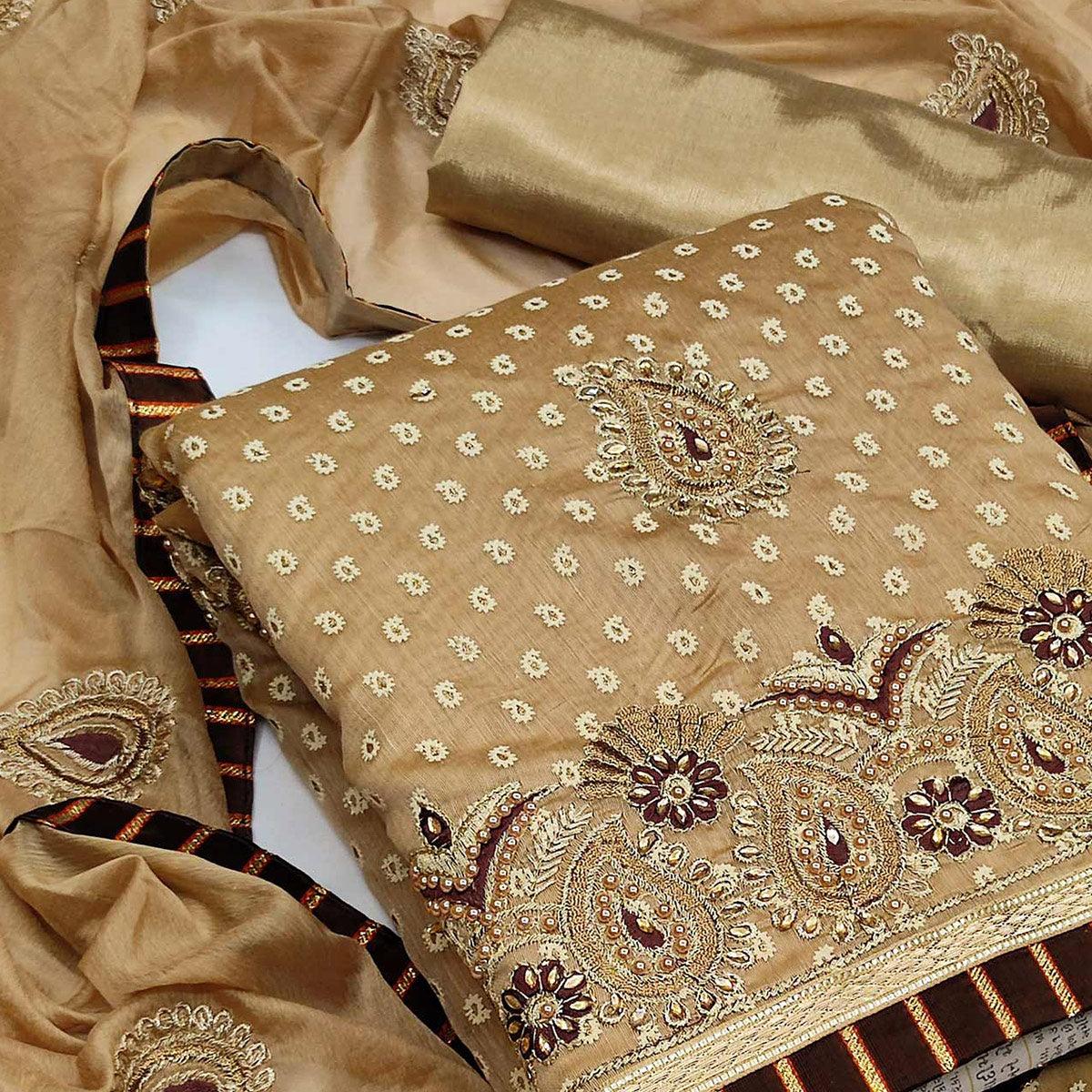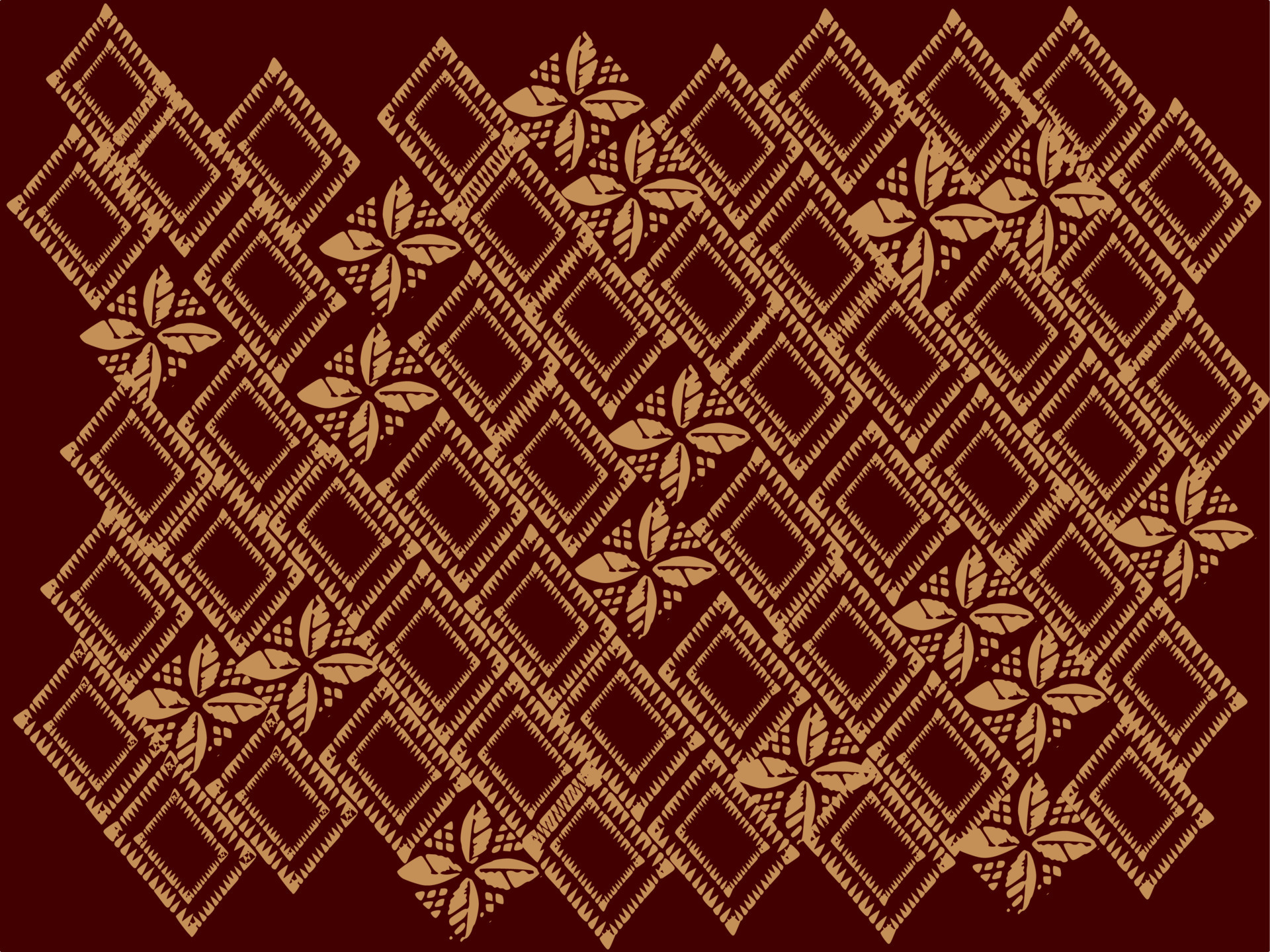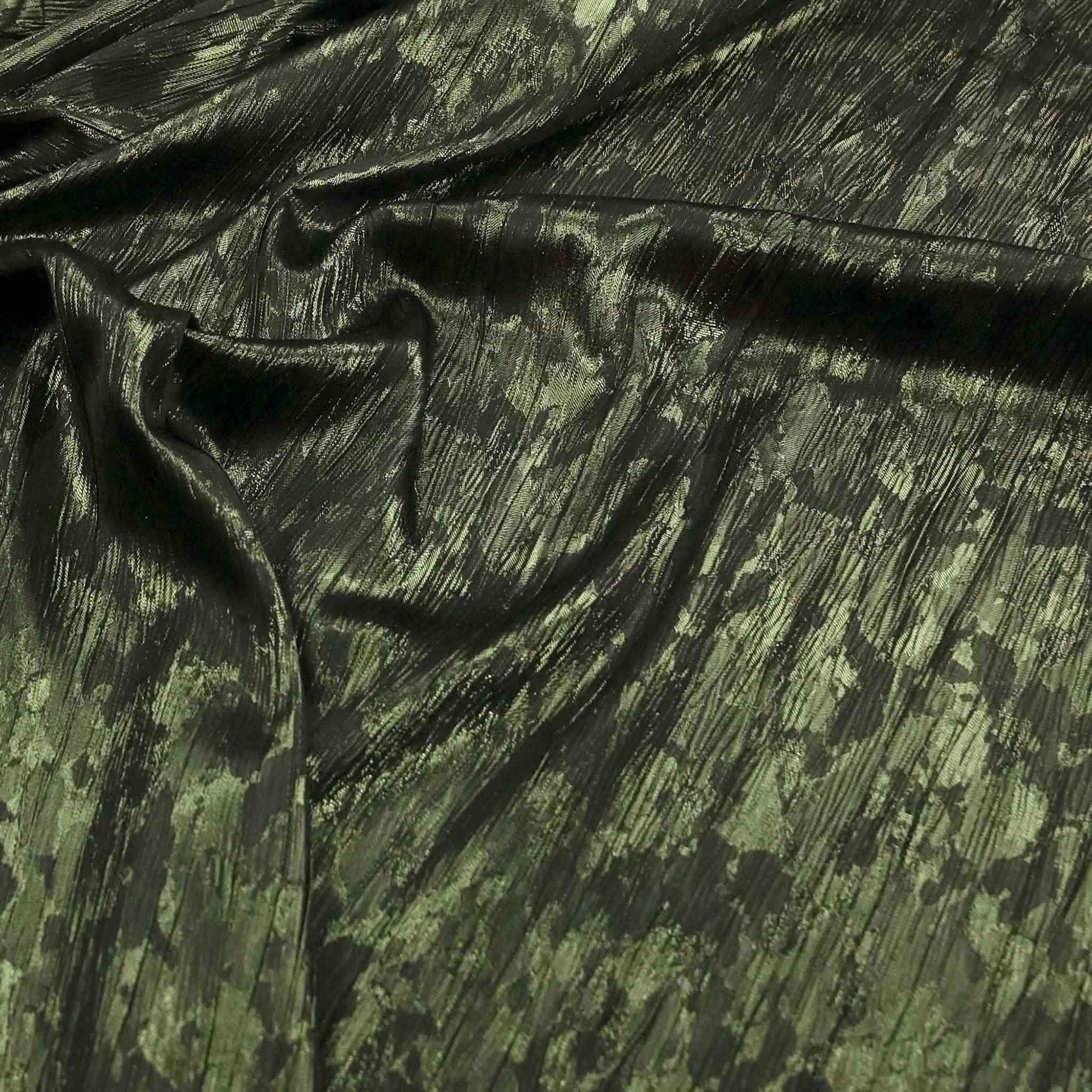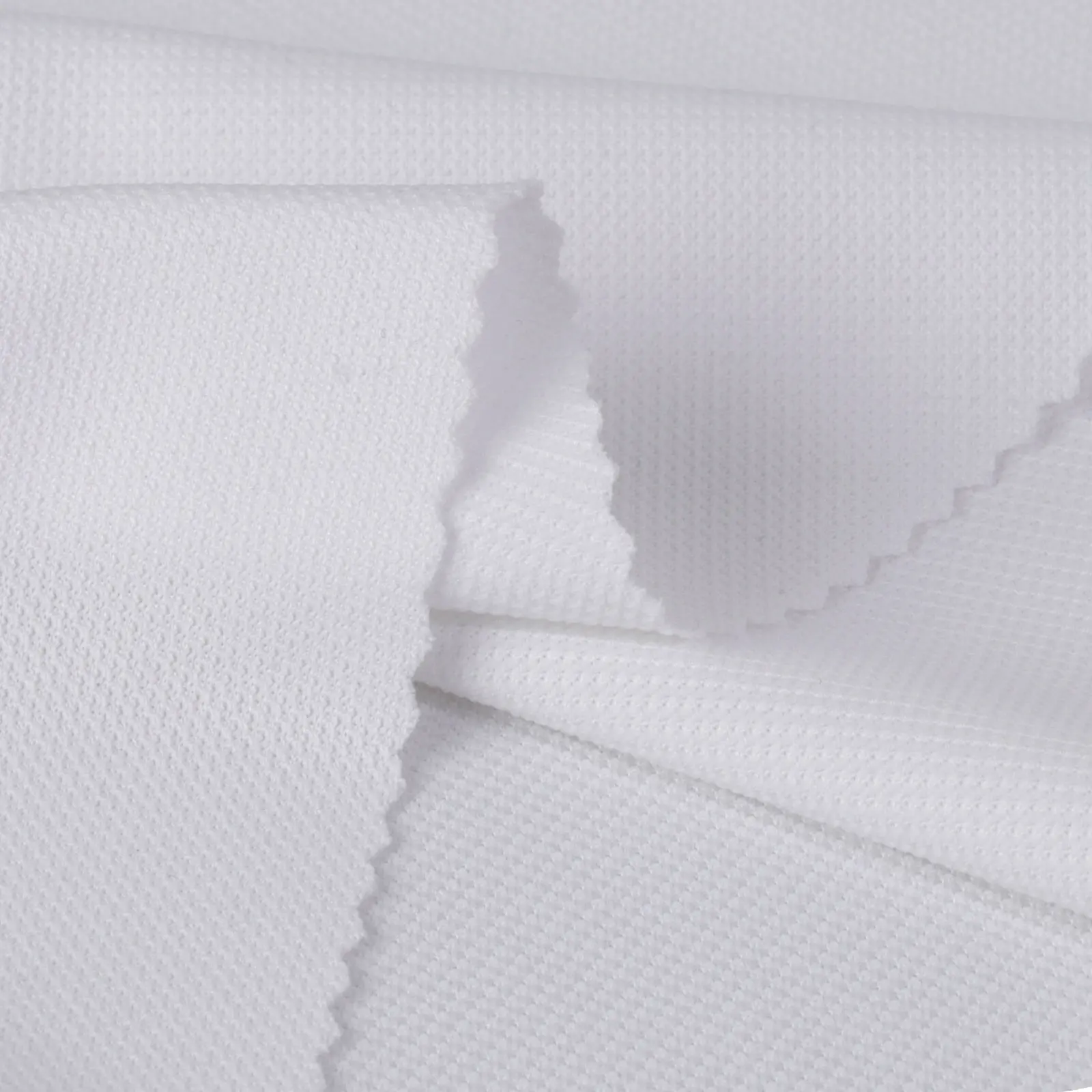Introduction to Luxurious Textiles and Ornamental Pieces
In the realm of fashion and home decor, fancy fabrics and decorative props play a pivotal role in elevating aesthetics and reflecting personal style. From velvets and silks to intricately beaded cushions and ornate wall hangings, these exquisite elements add depth, texture, and a touch of opulence to our surroundings. However, preserving their allure requires meticulous care and understanding of their unique characteristics. This comprehensive guide delves into the art of maintaining the grandeur of these items, ensuring they remain the jewels in the crown of your style statement.

Understanding the Intricacies of Fancy Fabrics
Fancy fabrics, such as silk, velvet, lace, and brocade, are distinguished by their intricate weaves, delicate textures, and often, elaborate designs. Silk, known for its lustrous sheen and smooth feel, demands gentle handling and cold-water washing or dry cleaning to preserve its integrity. Velvet, with its plush pile, requires careful brushing to maintain its softness and directionality, while avoiding crushing. Lace and embroidery necessitate gentle hand washing and careful drying to prevent snagging and fraying. Understanding these nuances is the first step in preserving their elegance.
Cleaning Techniques for Delicate Materials
Cleaning fancy fabrics involves a gentle touch and the right products. For silk, using a pH-neutral detergent designed for delicate fabrics is crucial to prevent color bleeding and fiber damage. Velvet items may only need spot cleaning with a damp cloth, as full immersion can disrupt the pile. Hand washing lace and embroidered pieces in a basin filled with cool water and a mild detergent is recommended, followed by laying them flat to dry between towels to maintain shape. Always read care labels and test any cleaning solution on an inconspicuous area first.

Storage Solutions for Preserving Textile Integrity
Proper storage is paramount in maintaining the quality of fancy fabrics. Silk and velvet should be stored in a cool, dry place away from direct sunlight to prevent fading and yellowing. Wrapping these items in acid-free tissue paper before placing them in a breathable garment bag or box can prevent dust accumulation and insect damage. Delicate lace and embroidery should be layered between tissue to avoid creasing and stored flat or gently folded. Adding moth repellents like cedar blocks or lavender sachets can provide additional protection.
Reviving and Restoring Damaged Textiles
Over time, even the most meticulously cared-for items may show signs of wear. To revive tired fabrics, steam cleaning can work wonders, rejuvenating the fibers and restoring their natural luster. For minor stains on silk, a mixture of equal parts cold water and white vinegar gently blotted onto the spot can help lift the blemish. In cases of more severe damage, consulting a professional textile conservator is advisable to avoid causing further harm.

Decorative Props: Handling and Maintenance
Decorative props, such as antique mirrors, crystal chandeliers, and ornate sculptures, contribute significantly to a room’s ambiance. Dusting regularly with a soft, microfiber cloth or feather duster is essential to prevent the buildup of grime that can dull their brilliance. For fragile items like glassware and porcelain, using a gentle cleaning solution of warm water and mild soap, followed by a thorough rinse and air-dry, keeps them gleaming. When handling, always wear cotton gloves to prevent fingerprints and scratches.
Special Considerations for Antique and Heirloom Pieces
Antique and heirloom decorative props require extra care due to their age, historical significance, and often, fragility. Avoid harsh chemicals and abrasive cleaners, which can strip away patina and damage delicate finishes. For wooden antiques, a light application of beeswax polish can enhance shine without causing harm. In the case of vintage textiles incorporated into decor, such as tapestries or antique lace curtains, professional conservation services might be necessary to address issues like fabric weakening or historic repairs.

Displaying Decorative Pieces for Maximum Impact
Thoughtful placement not only enhances the beauty of your decorative props but also contributes to their preservation. Position fragile items away from high-traffic areas and direct sunlight to minimize accidental damage and fading. Mirrors and reflective surfaces should be angled to avoid glare and to maximize light diffusion, enhancing the ambiance of the space. Layering textiles, such as placing a fine silk runner beneath a vase or statue, adds depth and protects surfaces simultaneously.
Integrating Lighting for Enhanced Aesthetics and Preservation
Lighting plays a crucial role in showcasing decorative pieces while ensuring their longevity. Use LED bulbs where possible, as they emit less heat and UV radiation, which can cause fading and degradation in fabrics and artwork. For highlighting specific items, consider installing adjustable spotlights that can be directed without directly shining on delicate materials. Dimmer switches offer flexibility, allowing you to adjust the intensity of light according to the mood or to minimize exposure during peak sunlight hours.

Climate Control for Conservation
Maintaining a stable environment is vital, especially for antique and fragile items. High humidity can encourage mold growth and fabric rot, while low humidity can lead to drying out and cracking in woods and textiles. Investing in a dehumidifier or humidifier, depending on your region’s climate, can help regulate moisture levels. Temperature control is equally important; aim for a consistent temperature around 68-72°F (20-22°C) to minimize expansion and contraction in materials.
Documentation and Inventory Management
Creating a detailed inventory of your decorative props, including photographs and descriptions of their condition, can prove invaluable for insurance purposes and future restoration needs. Regularly updating this documentation allows you to track any changes over time and address potential issues promptly. Consider digitizing records for easy access and safekeeping.
Conclusion: Preserving Elegance for Generations
Caring for fancy fabrics and decorative props is an investment in preserving not just objects, but the stories and memories they hold. By adopting careful cleaning practices, thoughtful storage solutions, and mindful handling, you can ensure these treasures retain their charm and value for years to come. Whether it’s the regal drapes adorning your windows or the cherished antique vase passed down through generations, each piece deserves the attention and respect that sustains its beauty – a testament to your refined taste and dedication to elegance.









